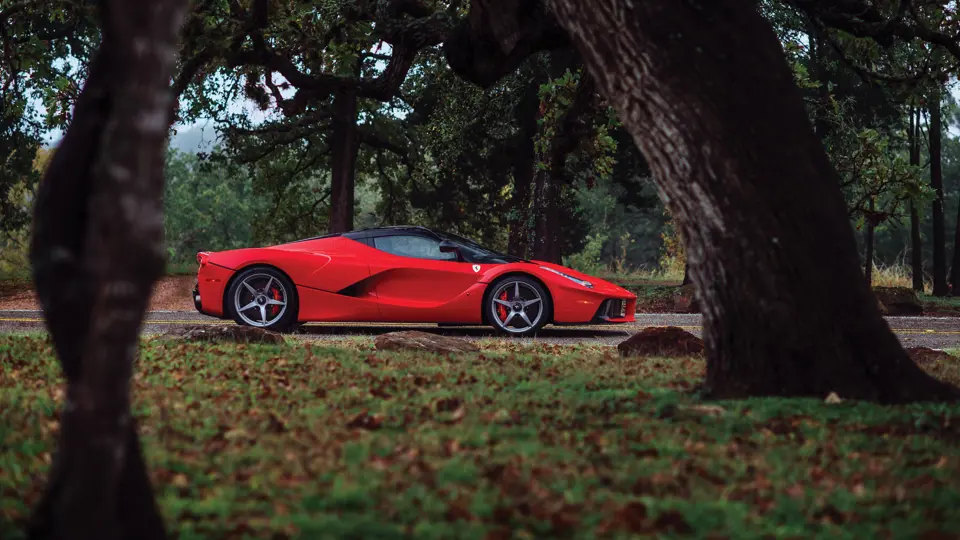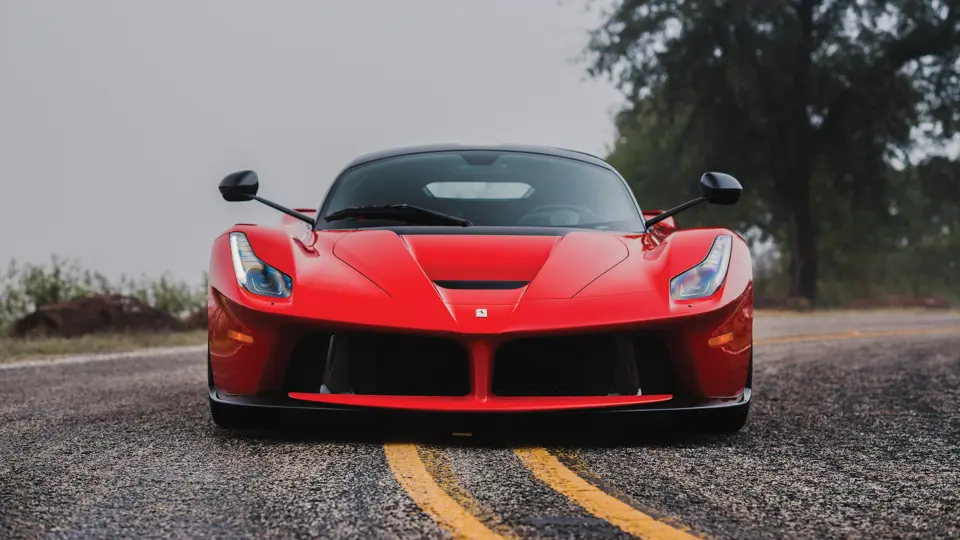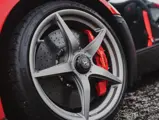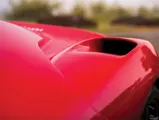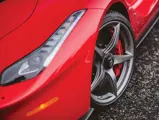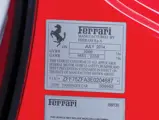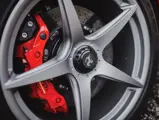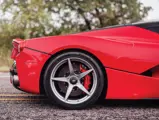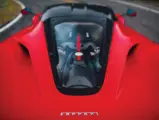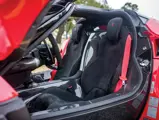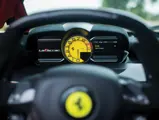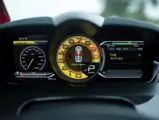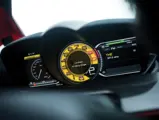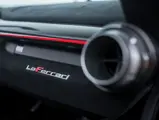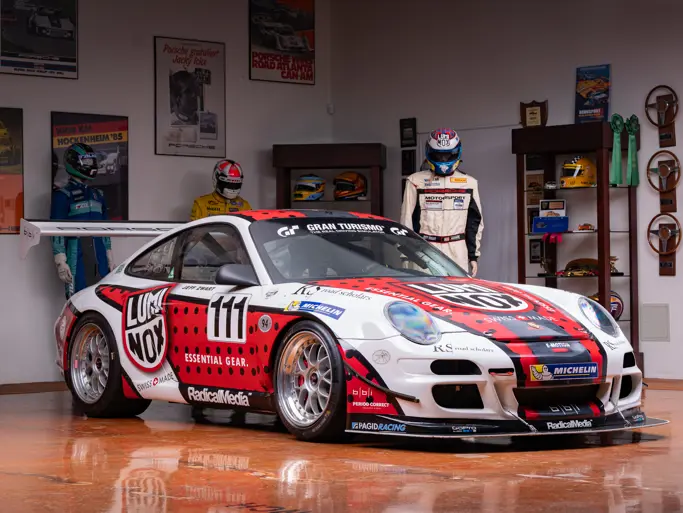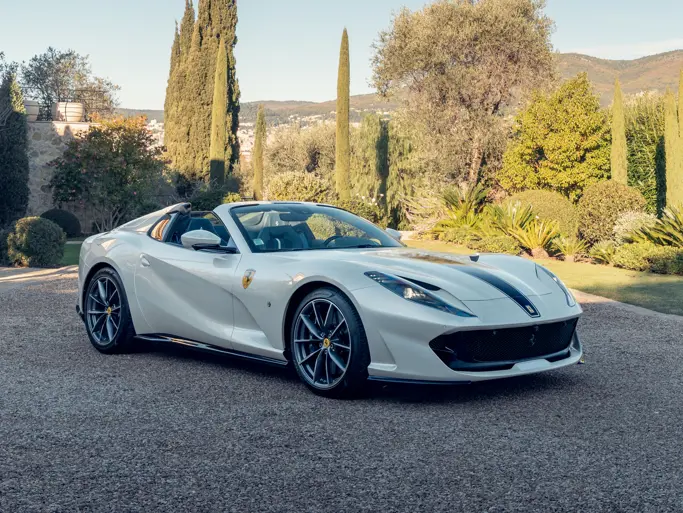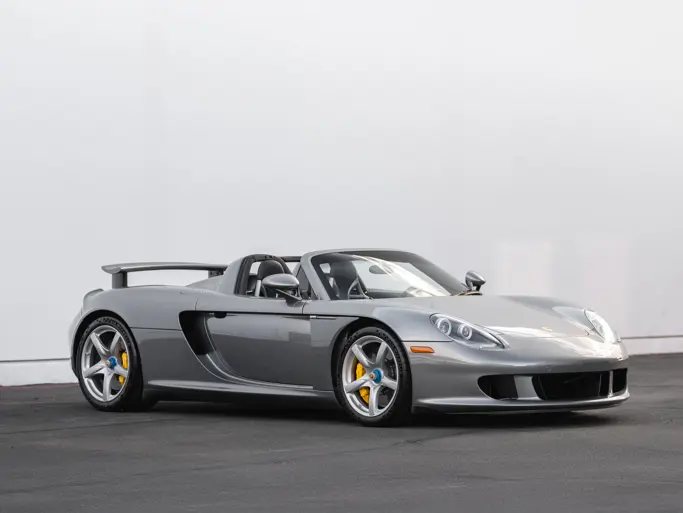THE FERRARI
As with all of Ferrari’s top-shelf sports cars, LaFerrari was born out of the company’s relentless pursuit of perfection through performance. While the car was in development, it became apparent that consumers were not only interested in world-beating performance and cutting-edge technology, but also making a concerted effort to reduce their carbon footprint. While mainstream manufacturers had been using electric hybrid power to reduce emissions for years, few had realized the potential to not only make a more efficient car, but also increase performance to levels never before possible.
The LaFerrari was sculpted by Ferrari’s own designers not only as an extension of the Enzo and their cars of past, but also as an evolution of Ferrari’s design language, pushing the LaFerrari ahead into the 21st century. Every inch of its body was intimately crafted to reduce drag and increase downforce, as well as channel plenty of air to the brakes and engine for cooling. It is a prime example of form following function, while also illustrating that function can be equally as beautiful.
Ferrari sought to make the LaFerrari better in every way, and they exceeded even their own loftiest expectations. Perhaps the most impressive figure is that the LaFerrari weighs less than the Enzo overall, especially considering its complex hybrid powertrain.
While both McLaren’s P1 and the Porsche 918 can be driven on electric power alone, the electric motor in the LaFerrari functions solely to support the V-12. Working similarly to the Kinetic Energy Recovery System (KERS) in Formula 1 cars, the LaFerrari harnesses the kinetic energy produced during braking and reuses it when additional power is required from the combustion engine in the form of a brief power boost. Total output is rated at 950 bhp, with 789 bhp produced by the 6.3-liter V-12 and an additional 161 bhp delivered by the electric motor.
It goes without saying that this application of power produced truly electrifying performance. Full acceleration would rocket driver and passenger to 100 km/h in less than three seconds, 200 km/h would fly by in less than seven seconds, and 300 km/h could be reached in 15 seconds. Keep accelerating, and the LaFerrari will reach a top speed of over 350 km/h.
Ferrari achieved their goal of besting the Enzo in every regard, and once the LaFerrari was unveiled at the 2013 Geneva International Motor Show, everybody with the means wanted Ferrari’s latest hypercar. Of course, this would be a very limited-production automobile, with only 499 examples produced for Ferrari’s preferred clients. Ownership of a LaFerrari solidified one’s place in the Ferrari hierarchy as not only a favored customer, but also a true friend of the house. These original owners were given the keys to the most anticipated car ever built, and the ultimate bragging right in the supercar world.
Perhaps the lowest-mileage example in existence, the LaFerrari presented here is a virtually as-new hypercar with only 53 miles on its odometer, accounting simply for test mileage and minimal distance accrued during transit. It is finished in traditional Rosso Corsa over a full Nero Alcantara interior with contrasting Rosso seat belts. As expected, the car is presented in immaculate condition, allowing its new owner to acquire a like-new LaFerrari. It is also important to note that the car retains all of its original manuals, the plug-in charger for its hybrid system, as well as a car cover.
The LaFerrari is nothing short of an icon not only for Ferrari, but for the hypercar market as a whole. For years to come, it will be the gold standard of which all others will be compared. Opportunities to buy a like-new LaFerrari do not present themselves often and will only become more rare as time goes on. Therefore, the occasion to acquire a LaFerrari with a scant 53 miles on its odometer cannot be understated. This is one of the most anticipated and exceptional automobiles in history.




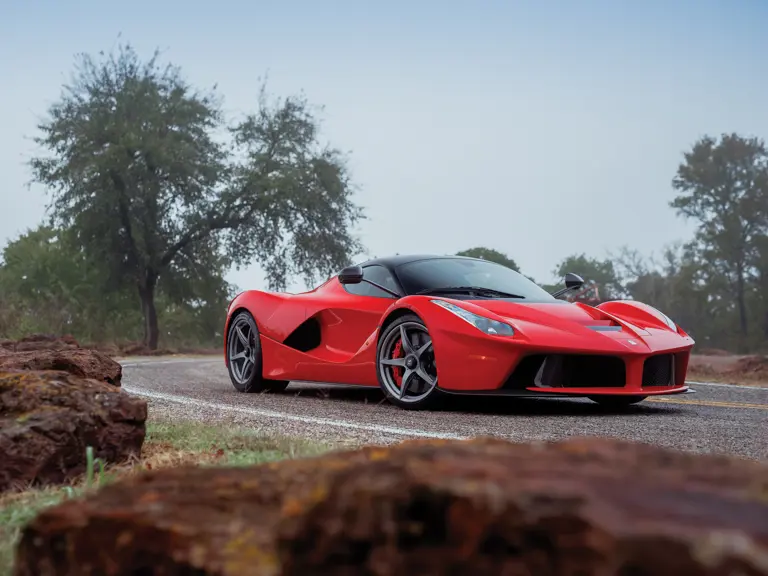
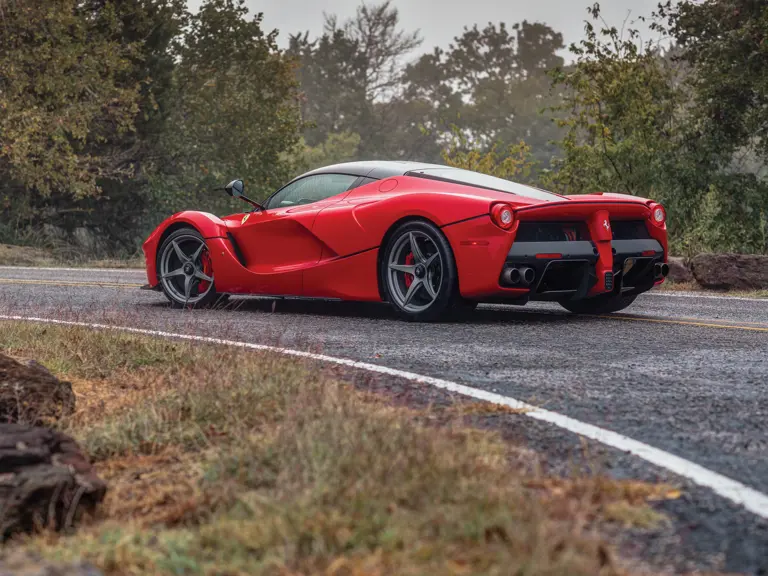
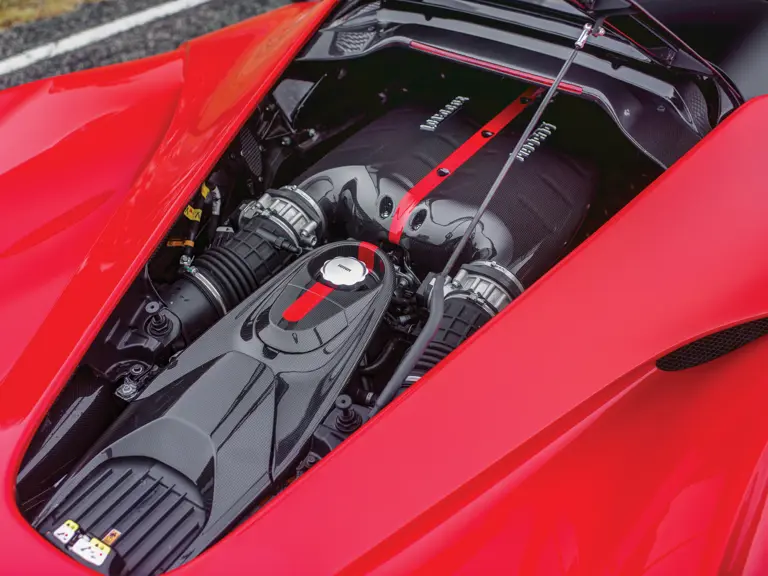
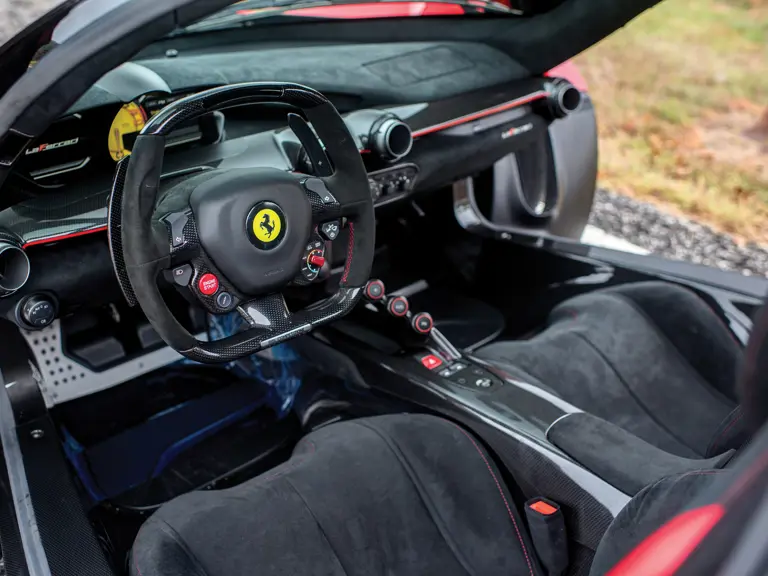

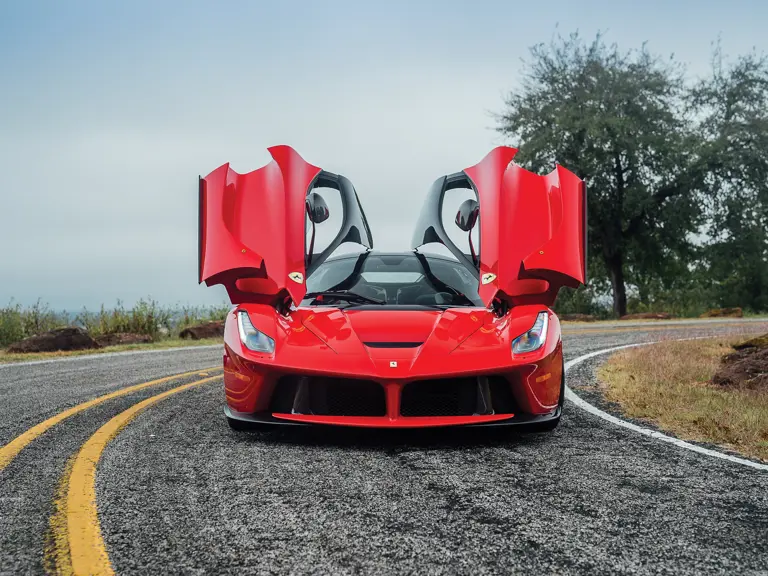
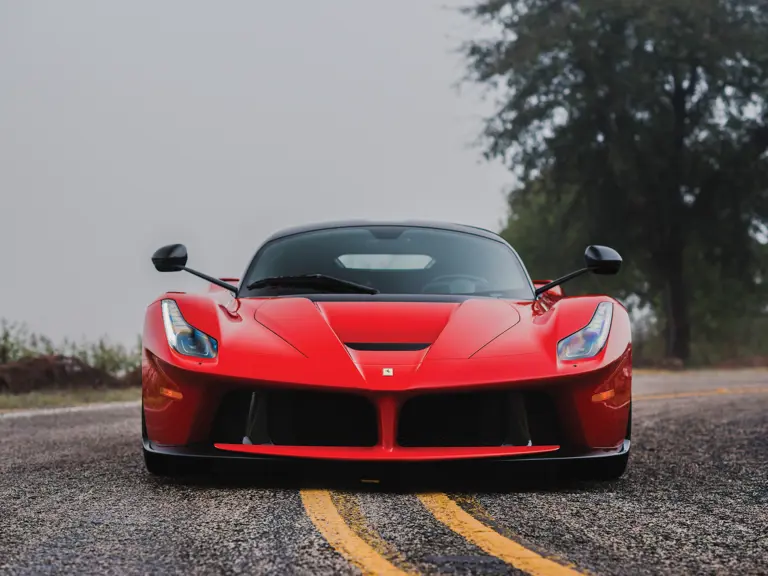
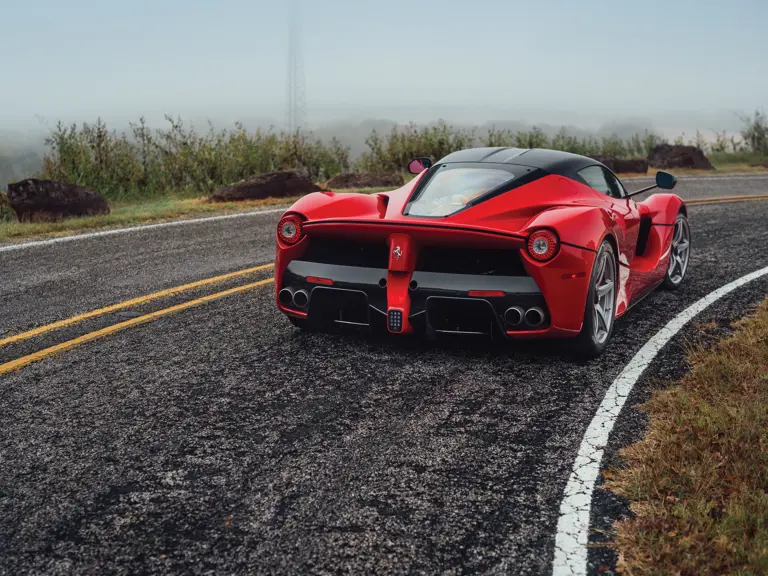
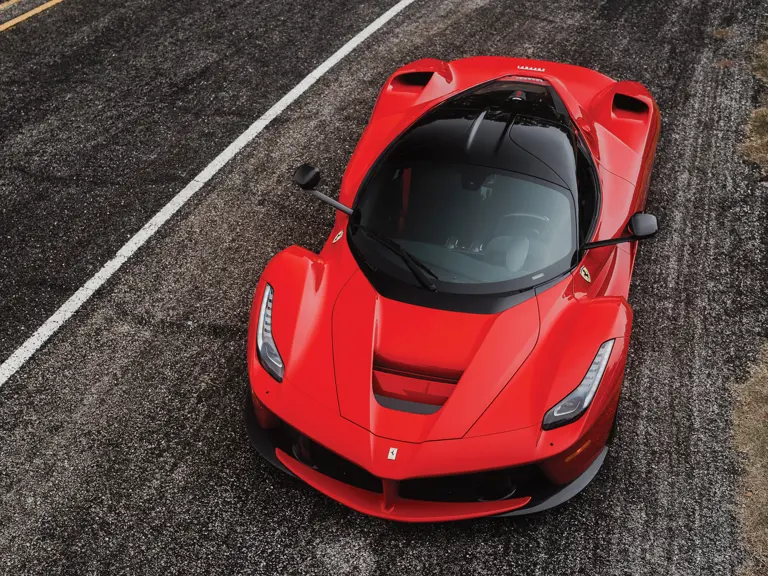


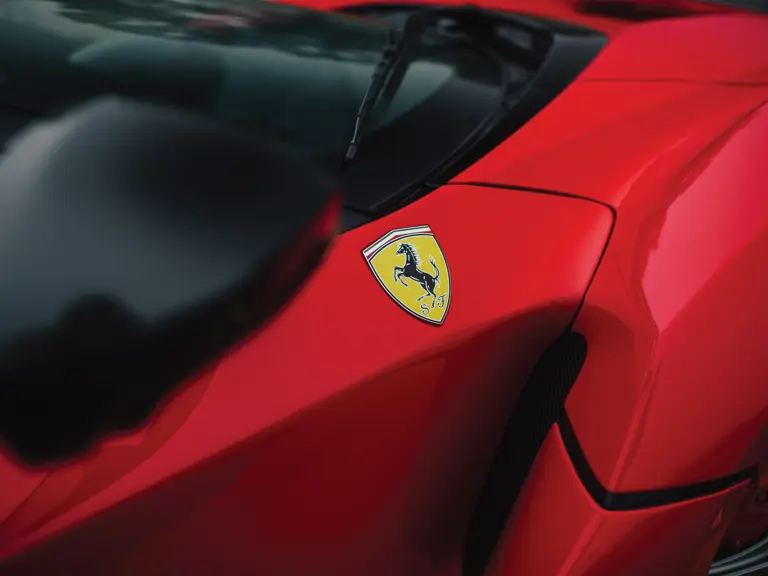
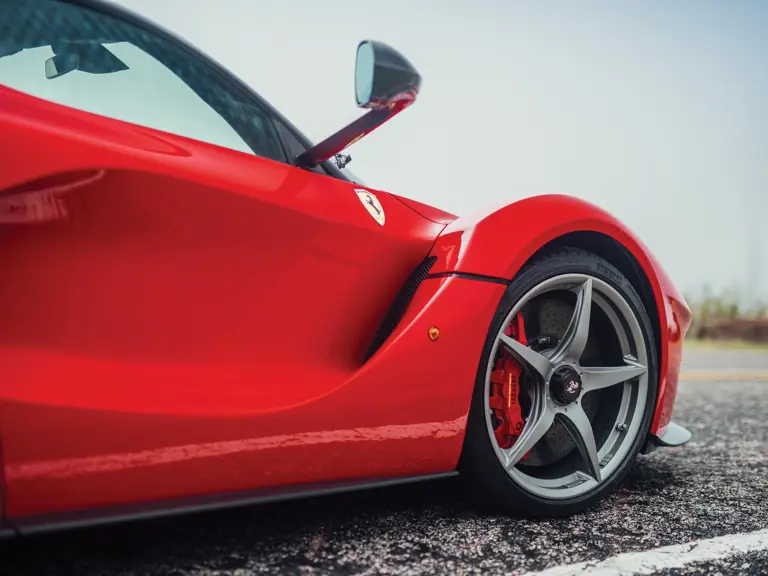
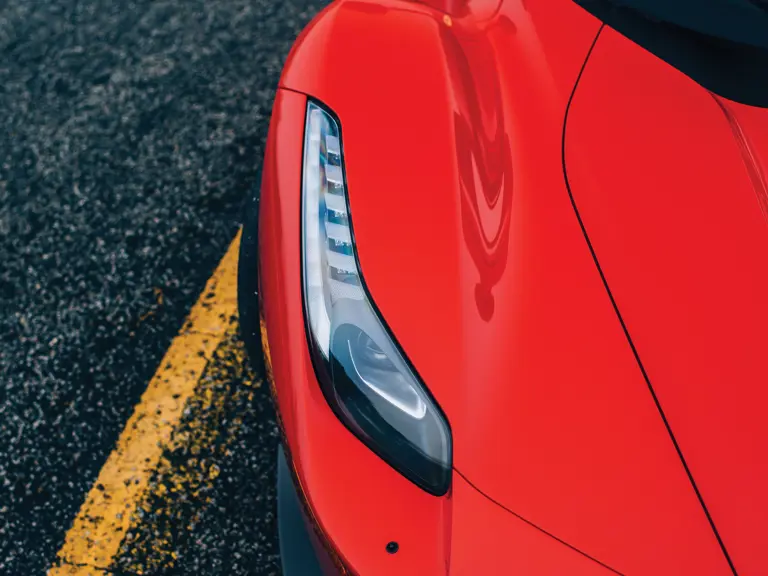
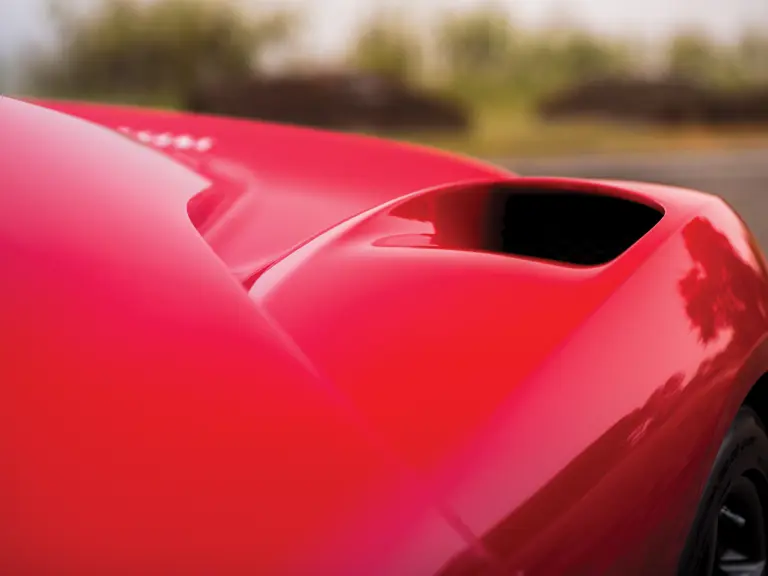
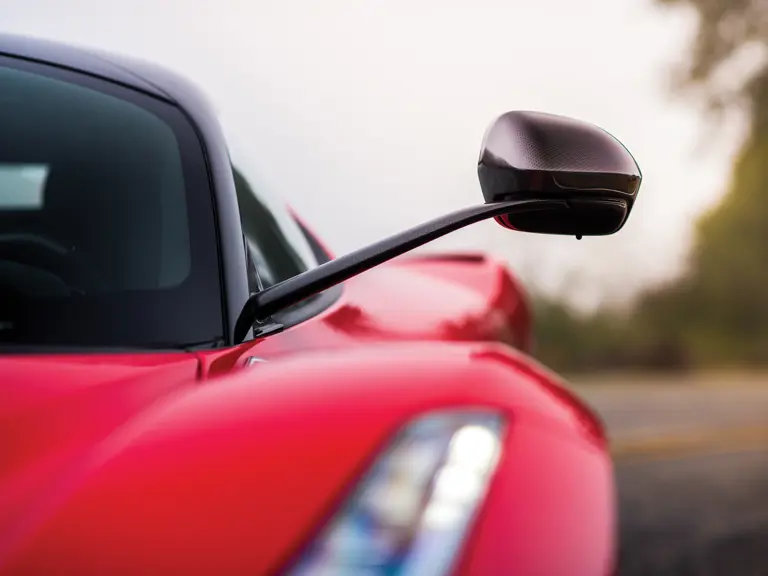
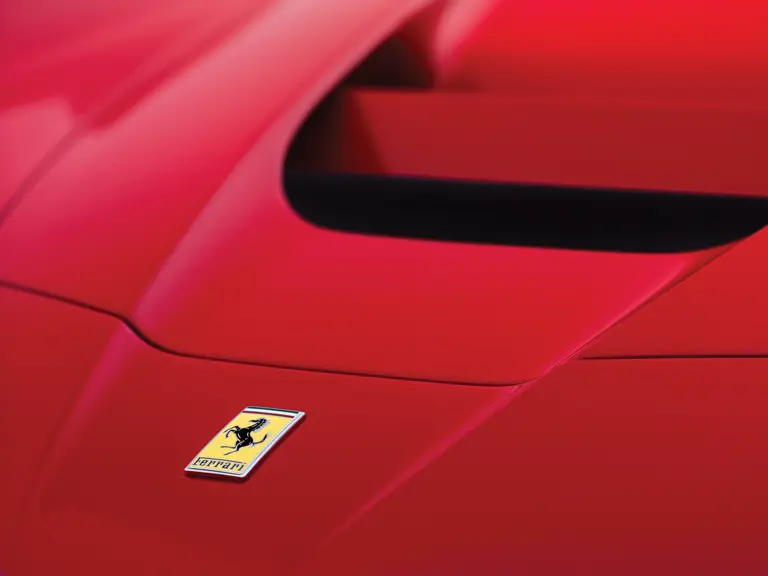
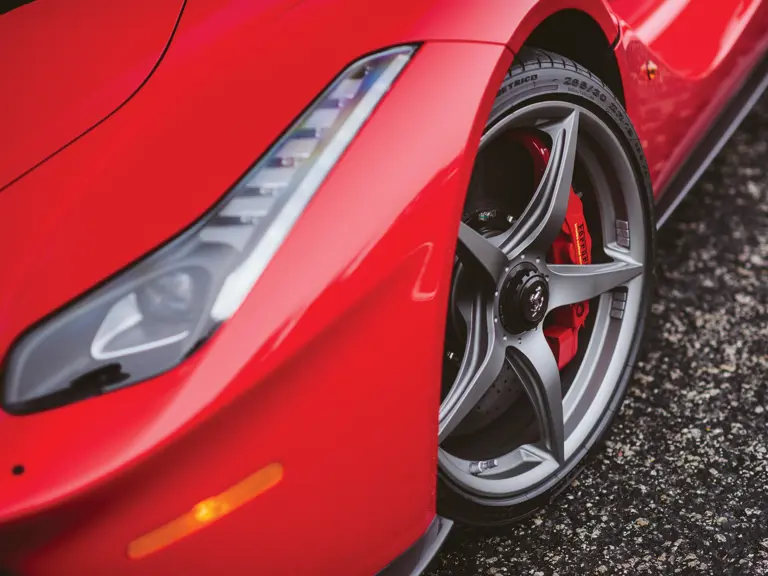
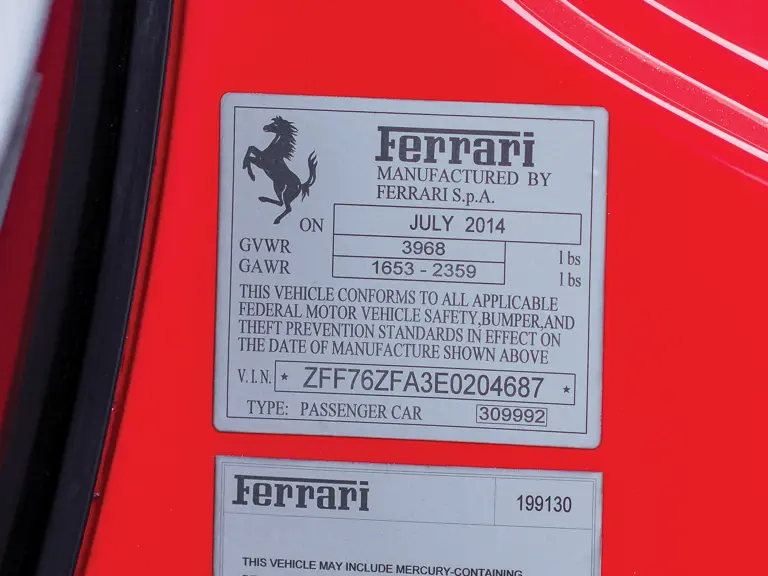
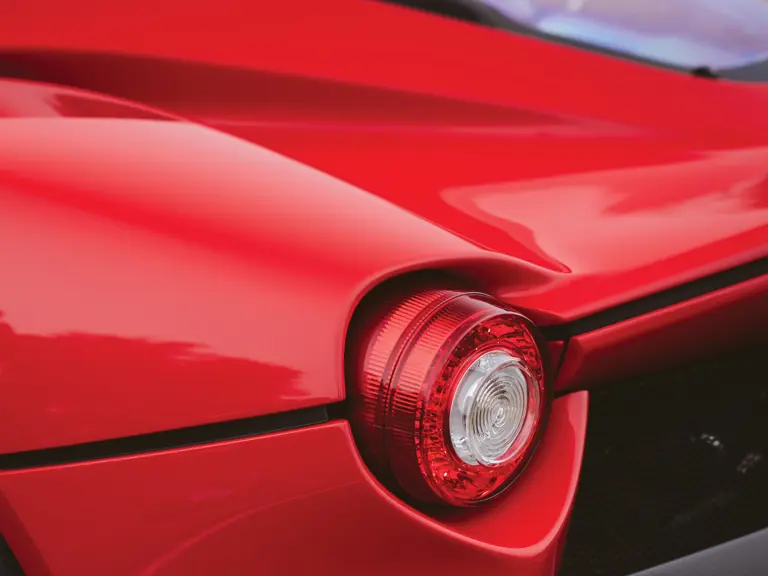
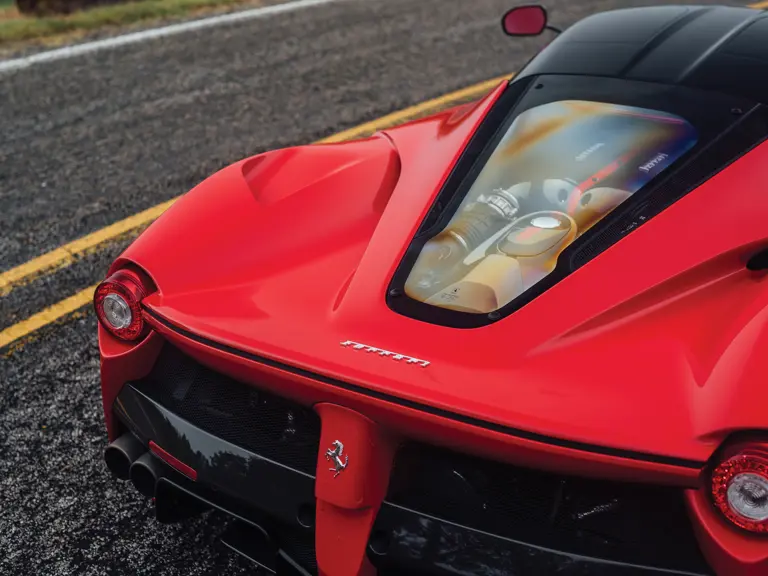
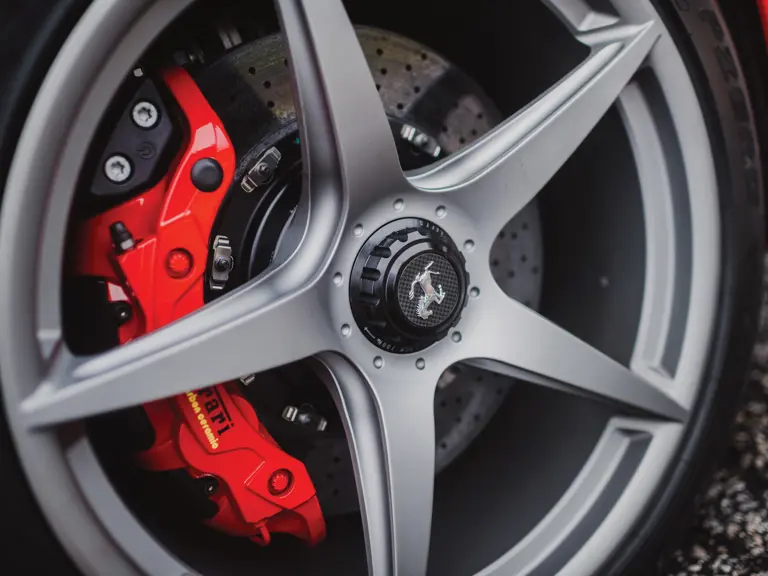
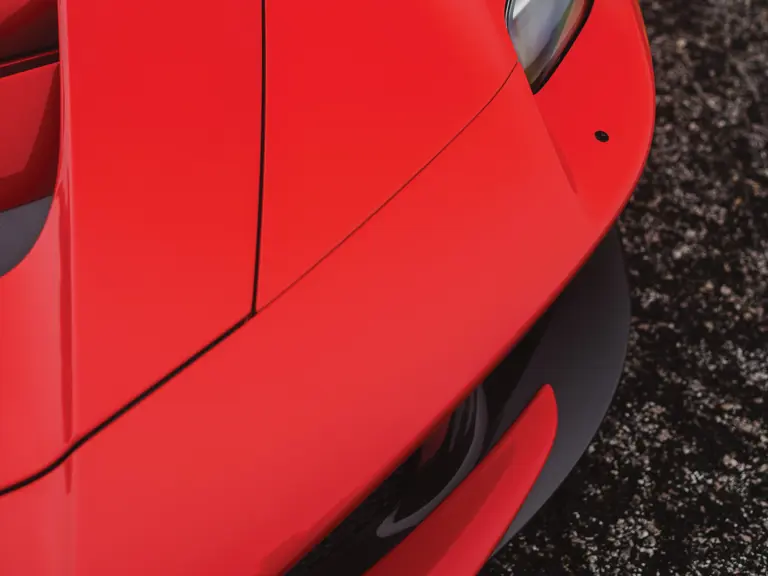


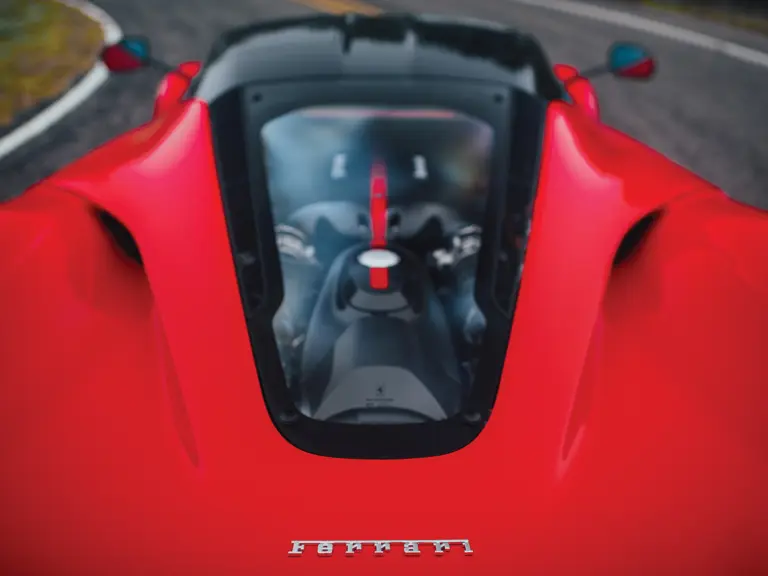
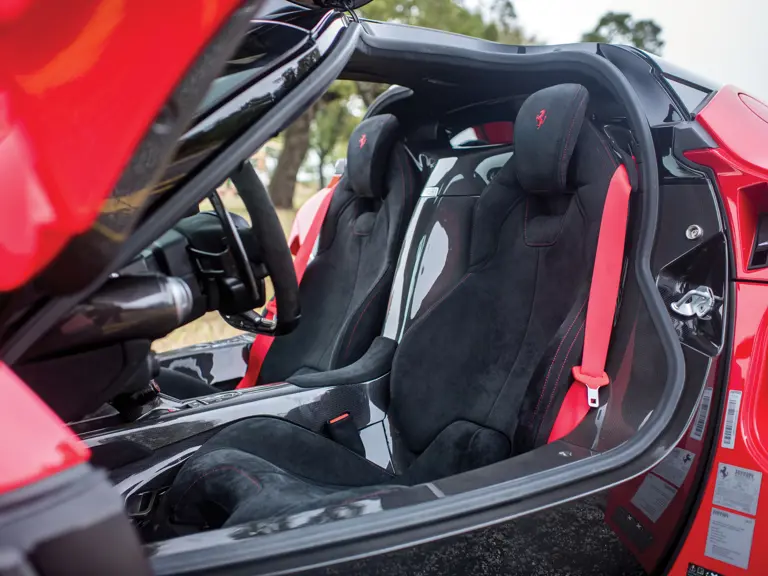
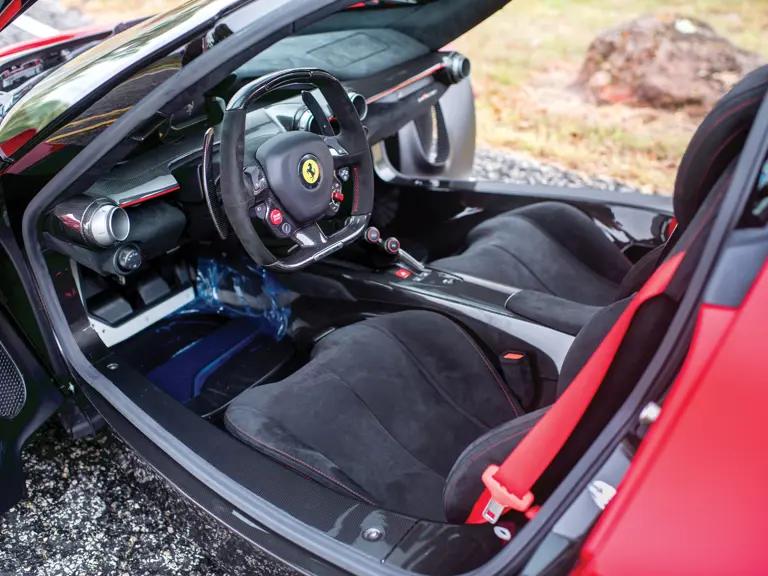
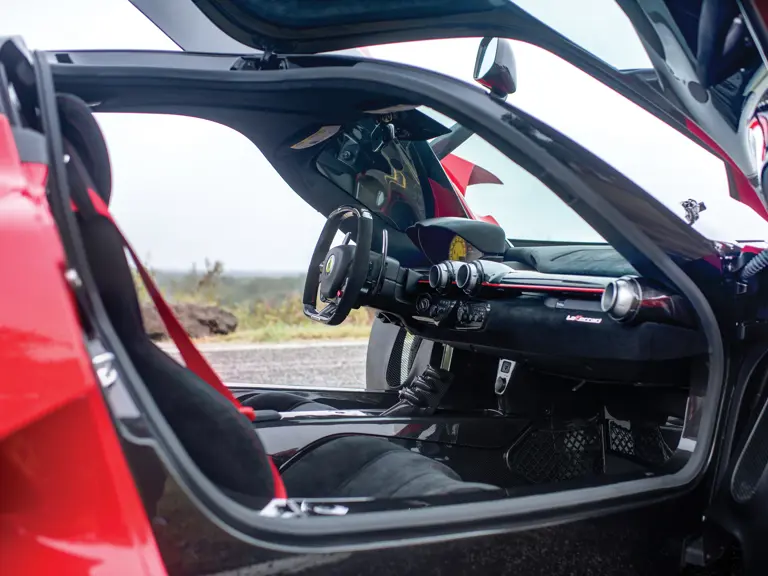

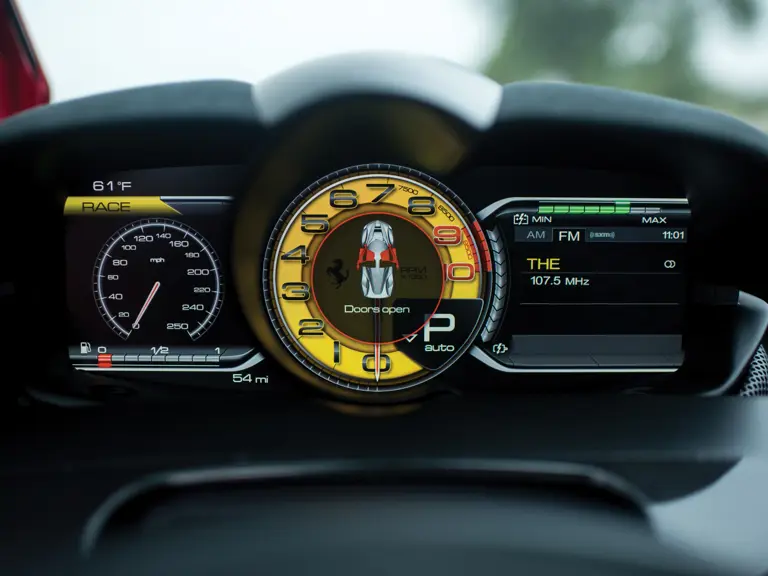
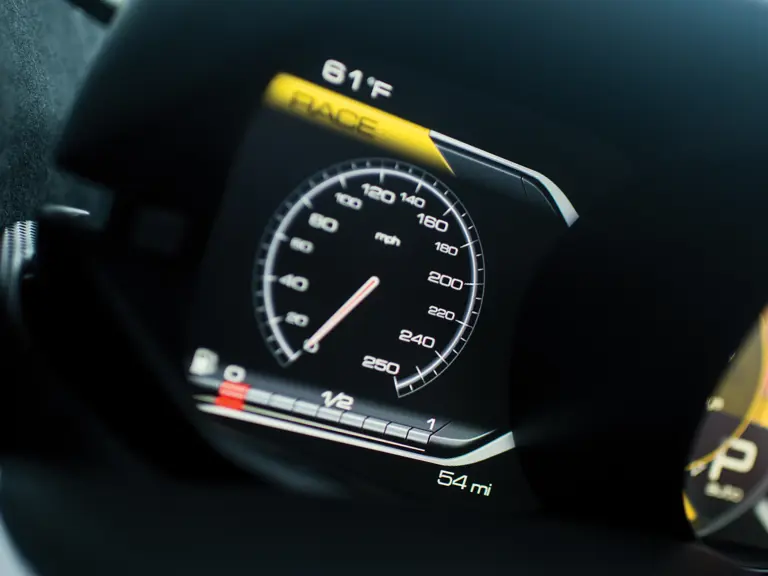
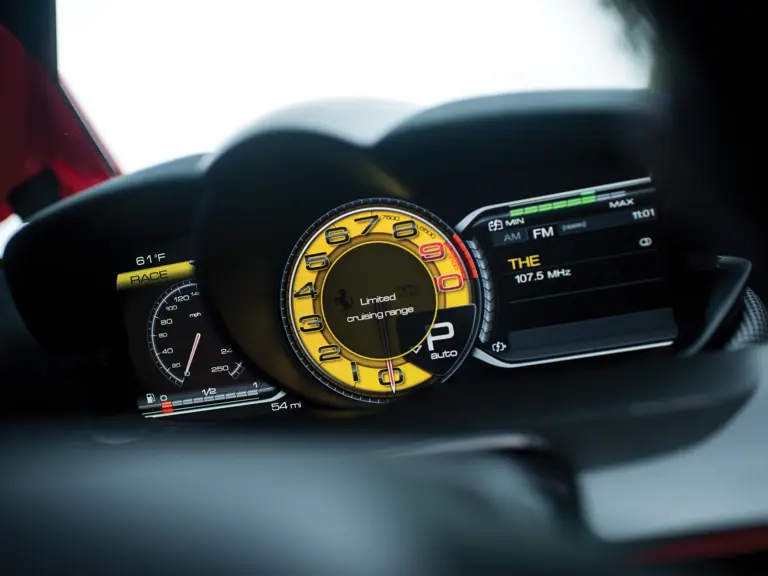
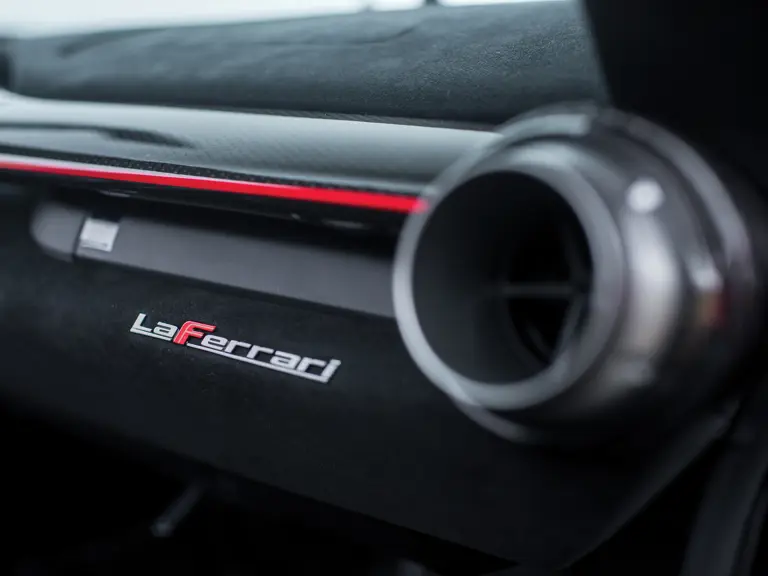
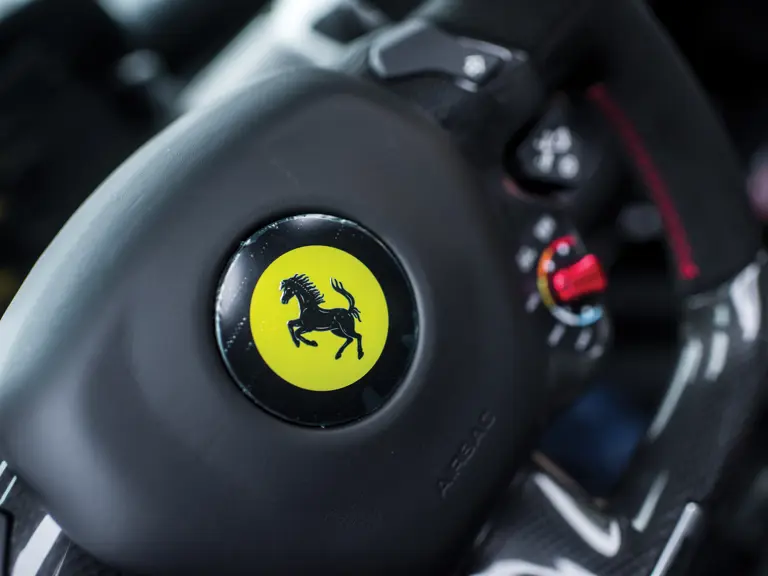
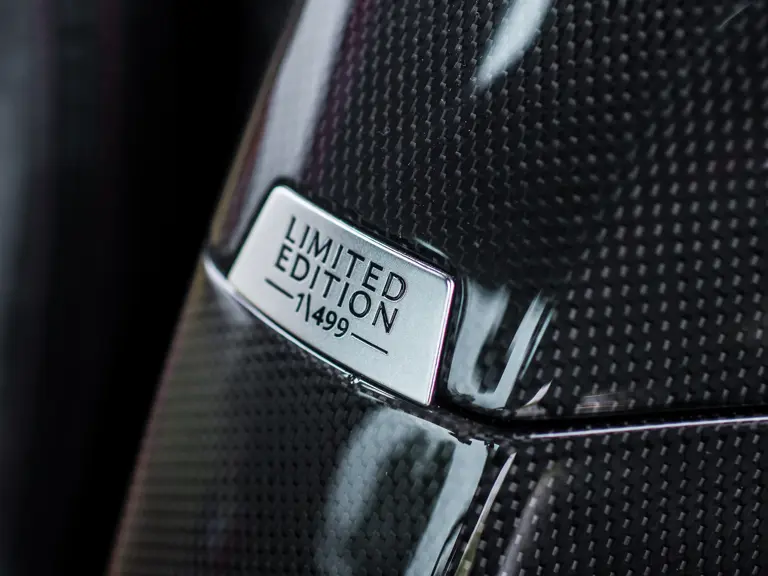
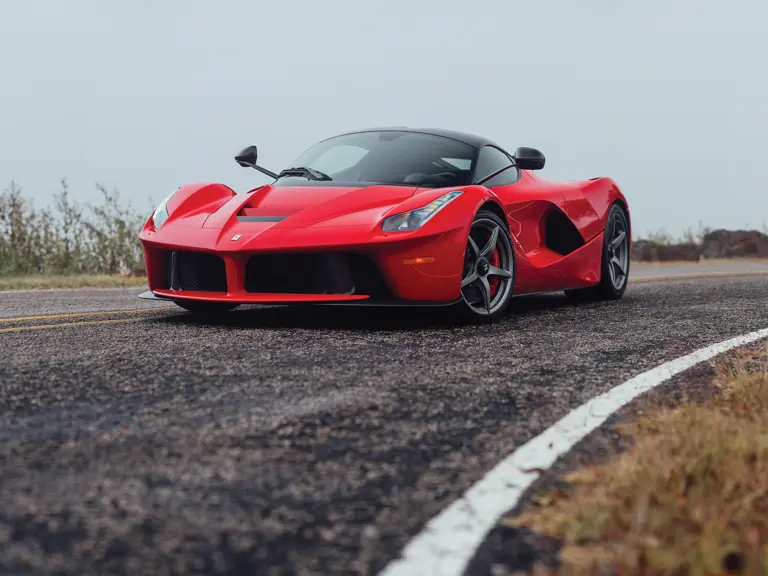
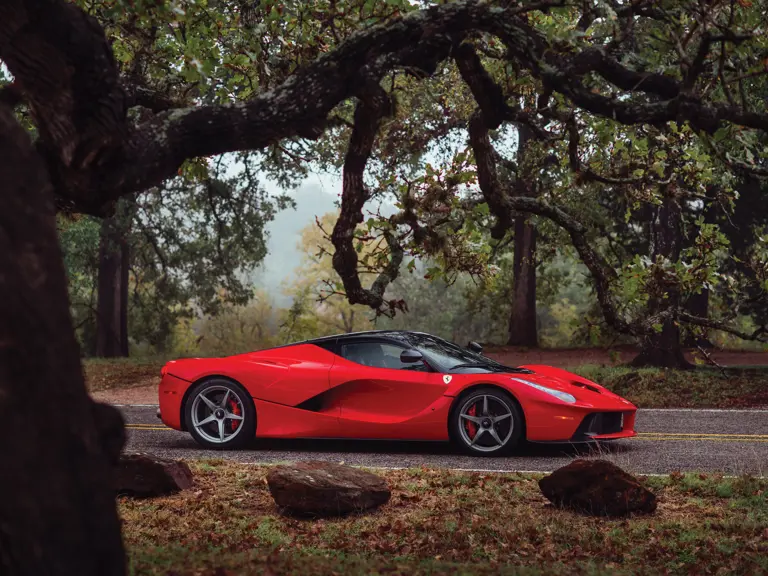

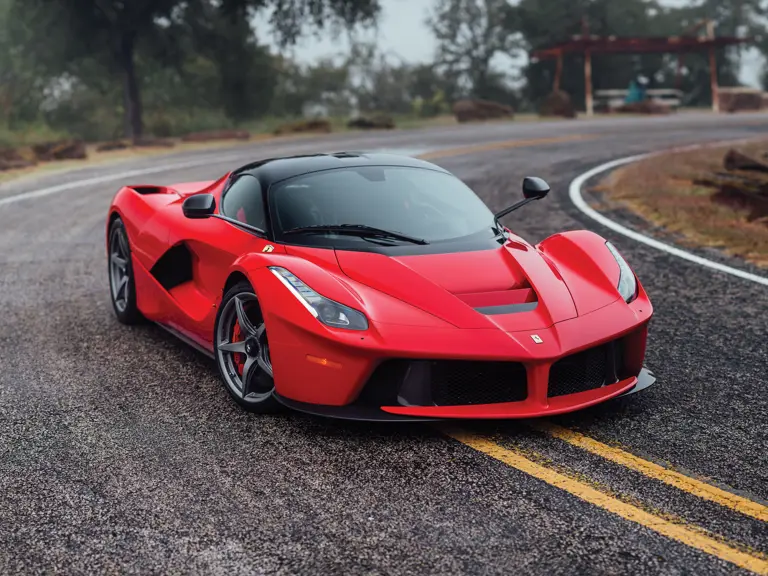
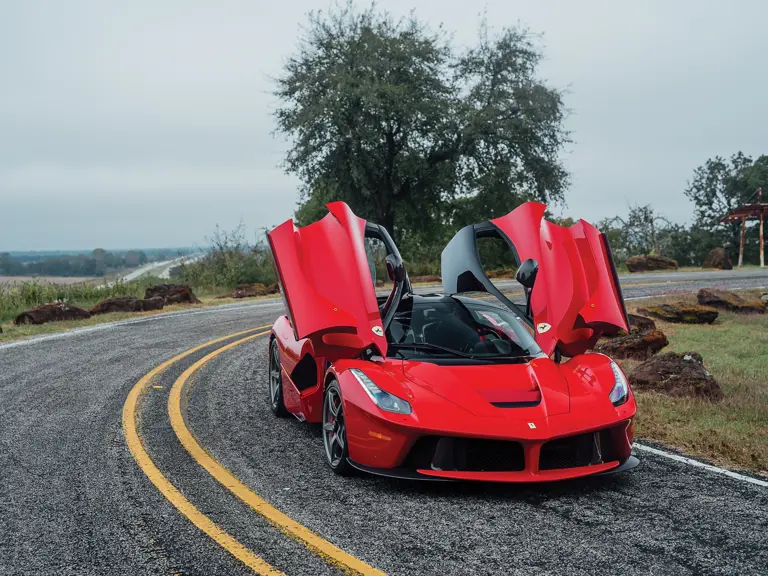

 | New York, New York
| New York, New York
